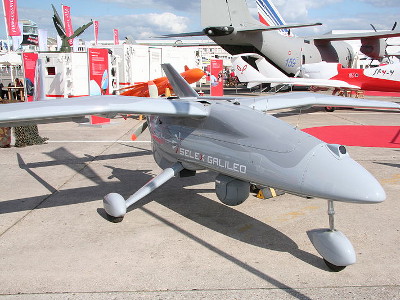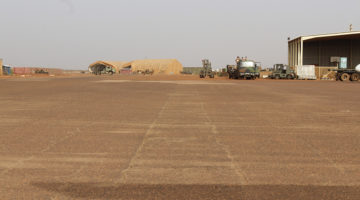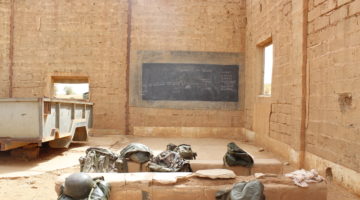Photo credit © DefenceWeb
The United Nations will move more into the use of high technology including UAVs and EOD (explosive ordnance disposal) robots in peacekeeping operations to confront new challenges and offer the best value for funding in future. UAVs have been deployed by MONUSCO in the DRC since late last year to provide added eyes to UN forces there in an ongoing quest to protect civilians.
“The UN is improving logistics and administrative practices, strengthening infrastructure and taking other steps to harness the power of our personnel. Our goal is to ensure peacekeeping is a cost effective, valuable investment that brings benefits and, above all, saves lives,” Secretary-General Ban Ki-moon said.
There are currently over 116 000 UN military, police and civilian personnel from more than 120 countries serving in 16 peacekeeping missions worldwide. They perform a variety of tasks, from stabilizing communities torn apart by conflict to protecting civilians, promoting the rule of law and advancing human rights.
To assist in these duties, UN peacekeeping is on a mission of its own. This will see modernisation and innovation to ensure it can tackle the peace and security challenges ahead and to be “a force for peace, a force for change and a force for the future,” the UN Department of Peacekeeping Operations said.
One example of new technology being utilized beneficially came last month during a ferry accident on Lake Kivu. A UN Falco UAV spotted the craft in distress and UN personnel in the DRC were able to immediately despatch speedboats and a helicopter, rescuing 15 people. “From the second it spotted the sinking ship, the UAV stayed at the scene searching for survivors and providing situational awareness,” said Ameerah Haq, Under-Secretary-General for Field Support. “This illustrates the flexibility and the ability of UAVs to greatly enhance situational awareness and aid life-saving operations by the provision of real-time imagery to support reaction to incidents.”
The UN has also enhanced its use of thermal imaging, closed-circuit television, night vision abilities and GIS (geographic information systems) data to improve situational awareness to provide better for the safety and security for its peacekeepers.
As part of the ongoing effort by the Departments of Peacekeeping Operations (DPKO) and of Field Support (DFS) to take advantage of emerging technologies and innovations, a group of five experts is being tasked with advising on how best to use these capabilities.
The group, led by seasoned peace and security expert Jane Holl Lute, will examine how these technologies can be leveraged to enable peacekeepers to respond more effectively to an increasing number of complex, multi-dimensional tasks in challenging field environments.
It will also look at how technological innovations can improve operational effectiveness, multiply impact and enhance safety and security of both peacekeepers and host communities.
In Mali UN personnel have and are making use of robots to disarm improvised or unexploded ordnance devices. UN blue helmets are also aiming to “go green” through the responsible use of limited resources, in a bid to leave mission areas in better shape than when they arrived. Among other steps, GIS data is being used to help find water sources for missions so as not to compete with the local water supply.
Missions are also including waste water treatment plants designed to drastically reduce the need for water and generation of disposable waste, as well as exploring alternative sources of energy such as solar panels.
“The world is changing. The threats are changing. The levels of conflict are changing in many places in the world. So we have to adapt and we have to evolve and we have to learn how to deal with these new challenges” said Edmond Mulet, assistant secretary-general for peacekeeping operations.
This article has been republished by permission of our strategic partner defenceWeb.












